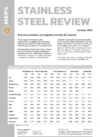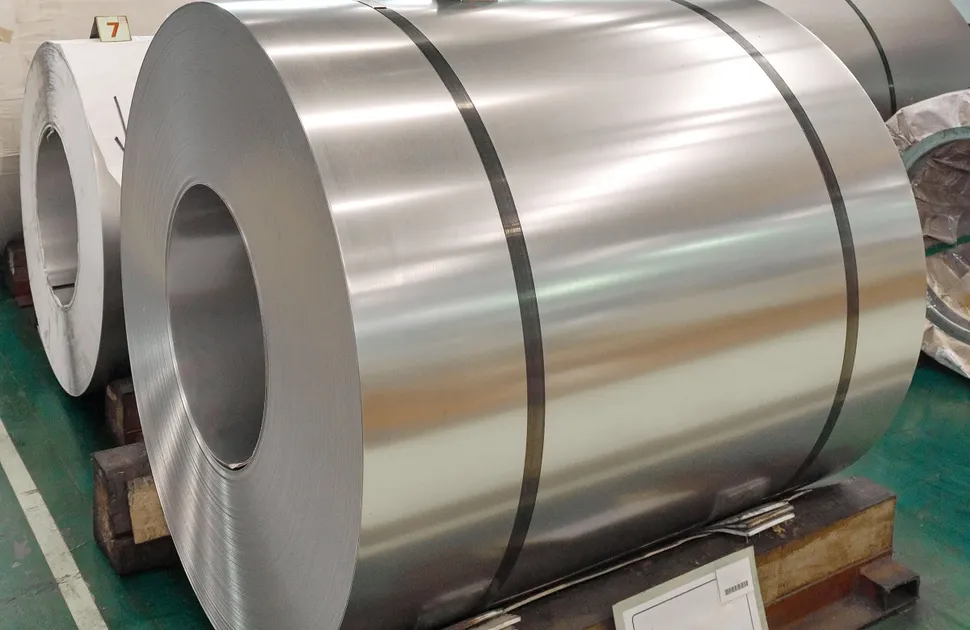EU stainless steel buyers query March alloy surcharges
Uncertainty currently surrounds European stainless steel alloy surcharges. Many buyers are questioning if the method of calculation used by the mills has changed.
Traditionally, producers across Europe have utilised a “basis price plus alloy surcharge” mechanism when selling to their customers. However, since the middle of 2018 many sales have been concluded on effective or inclusive prices.
A number of stainless steel buyers report that discussions with regional mills were recently undertaken about a proposed return to the basis plus alloy surcharge pricing system. However, few deals between the producers and service centres have been concluded, so far, using the traditional mechanism.
The stainless steelmakers’ alloy surcharges are calculated from the average cost of the constituent alloying elements, over a specified reference period. Steel scrap makes up the largest percentage, but represents a smaller proportion of the total cost, compared with the likes of nickel, chromium and molybdenum. Despite being a key raw material input for the mills, stainless steel scrap prices are not included in the existing surcharges.
During the reference period for the March alloy surcharges, steel scrap costs fell by between 5 and 15 percent for most of the series monitored by MEPS. The same first quarter chromium contract price applies to surcharges published for February to April. As a consequence, buyers are questioning why the surcharge for type 430 material has increased by approximately €60 per tonne, this month, from most of the EU mills.
The rise associated with this grade of stainless steel appears to be in excess of the corresponding movement in raw material costs, during the supposed reference period. Speculation exists that European producers have moved to a spot chromium value in the surcharge calculations. However, at the time of writing, no official notification has been provided by the stainless steelmakers.
Lack of transparency
The European mills do not reveal the individual components that are used to formulate the final surcharge figures. This breakdown is, however, provided to customers in the United States – where rises in March surcharges were much less pronounced.
The 304 alloy surcharge in America increased by less than half of that published by Outokumpu in Europe, in US dollar values, despite supposedly utilising a similar calculation method. Grade 430 surcharges were unchanged in the United States, due to stable figures for chromium and busheling scrap.
The large increases in alloy surcharges announced by the EU mills, for March shipments, shocked many customers who still buy using this pricing mechanism. Many of these are end-users who purchase on quarterly or annual contracts, or from service centres rather than direct from the mills.
Large monthly price movements have significant effects on their operating costs and profitability. Many businesses are struggling with the fallout from the coronavirus pandemic, and escalating stainless steel prices are adding to the difficulties they face.
In order for customers to fully commit to a return to a basis price plus surcharge system, buyers need confidence in that mechanism. The current lack of transparency in the alloy surcharge calculations will do little to instil the assurances needed for this to occur in the European stainless steel market.

Source:
Stainless Steel Review
The MEPS Stainless Steel Review is an invaluable monthly guide to international stainless steel prices and includes the latest global stainless steel industry analysis.
Go to productRequest a free publication





